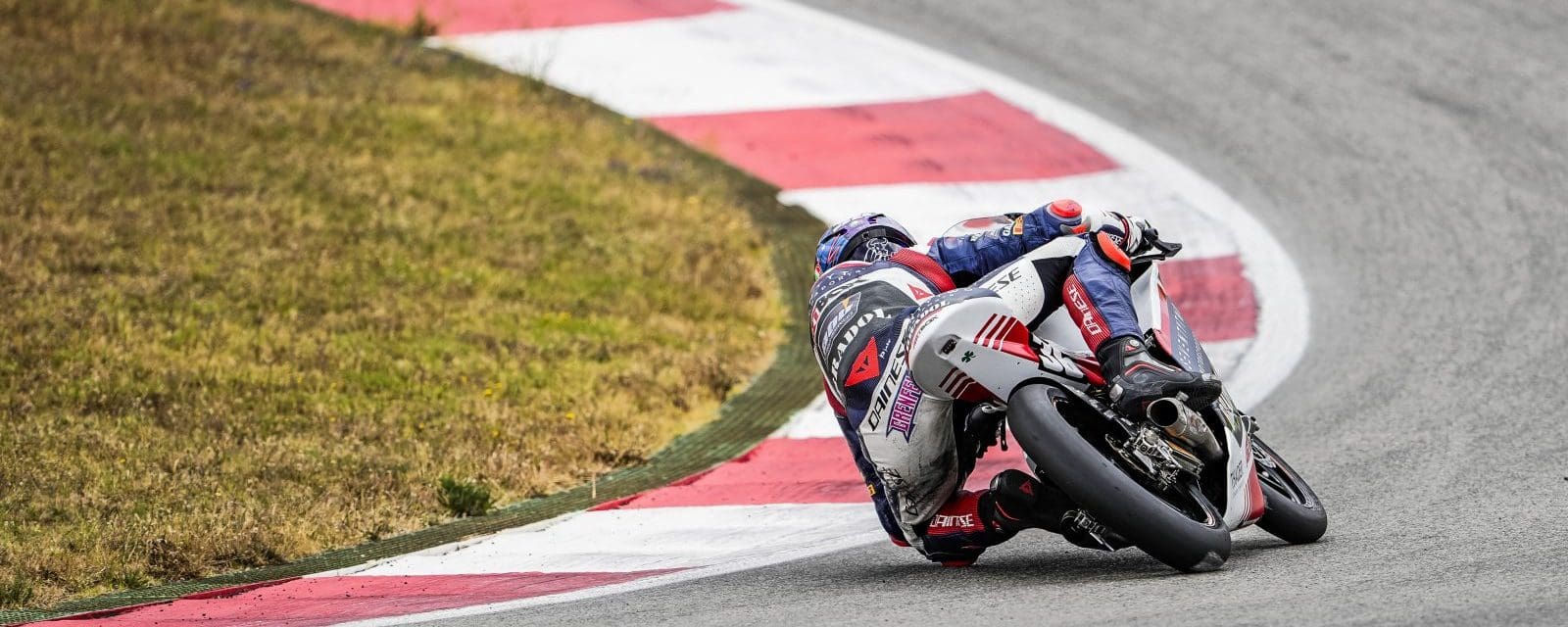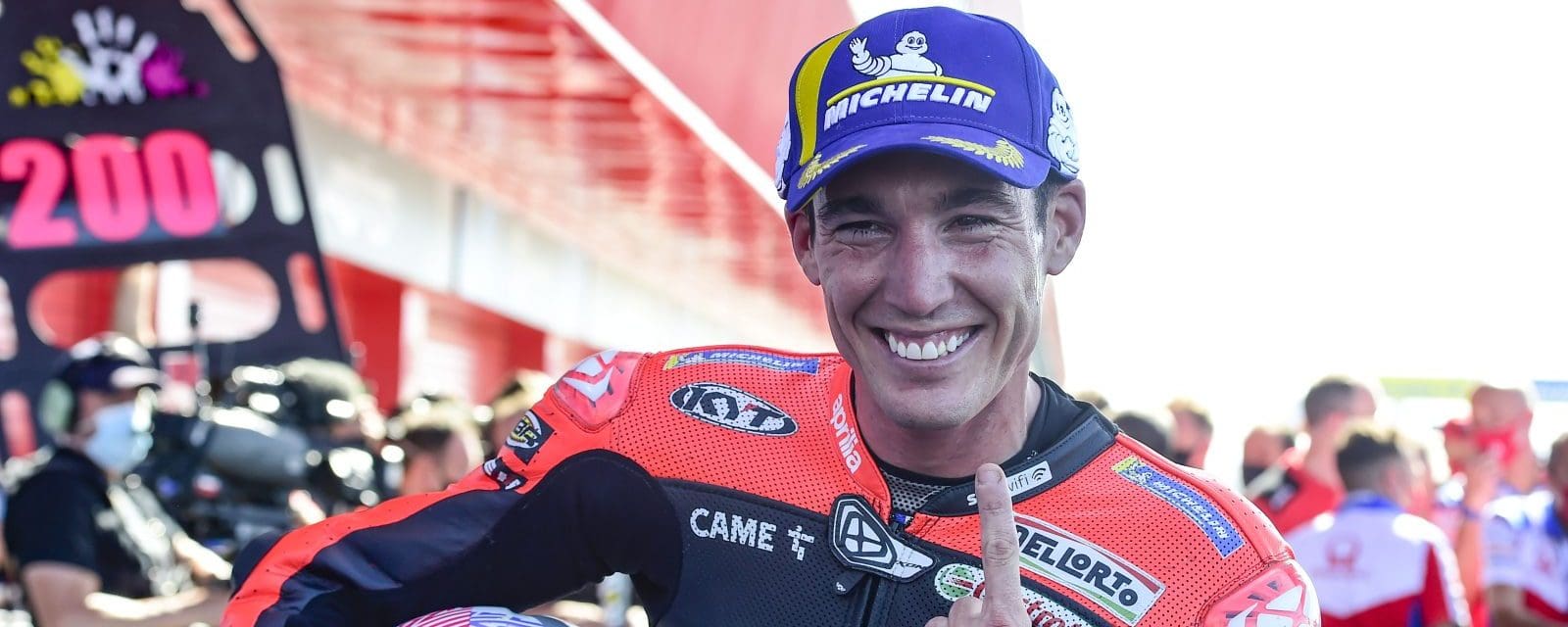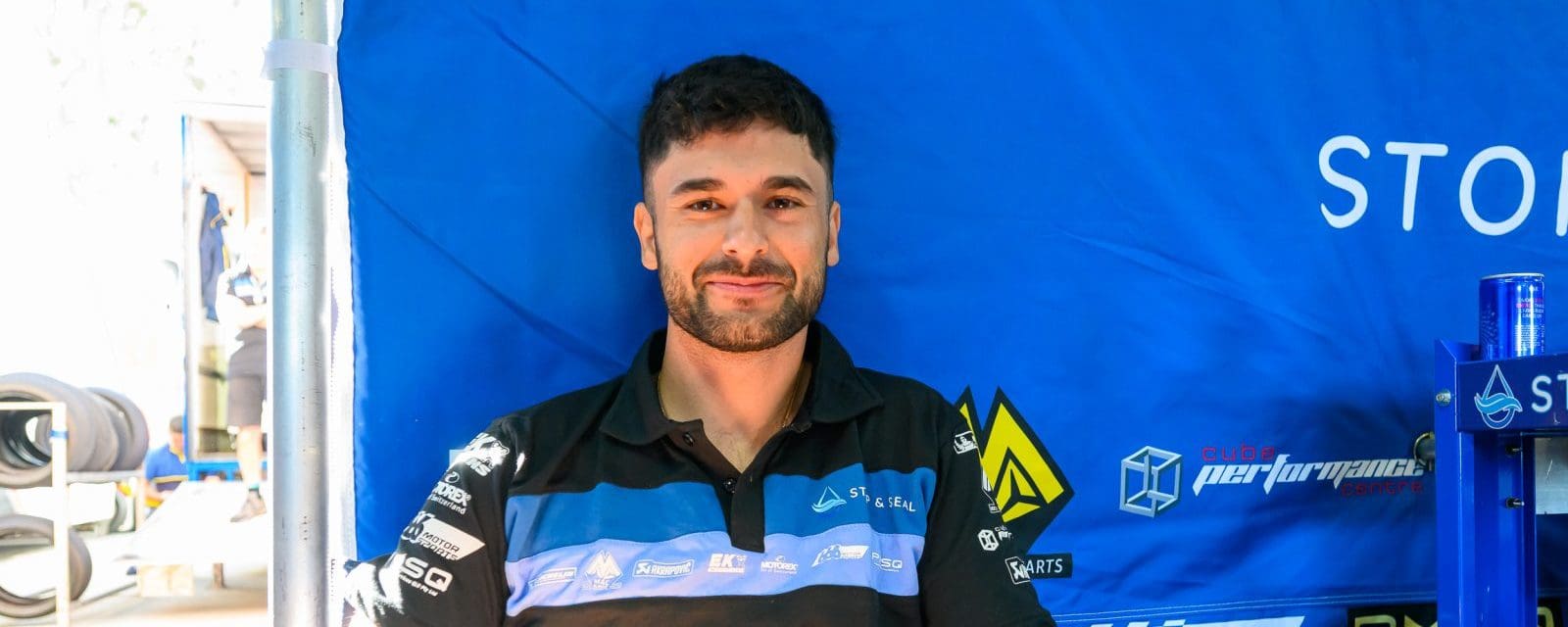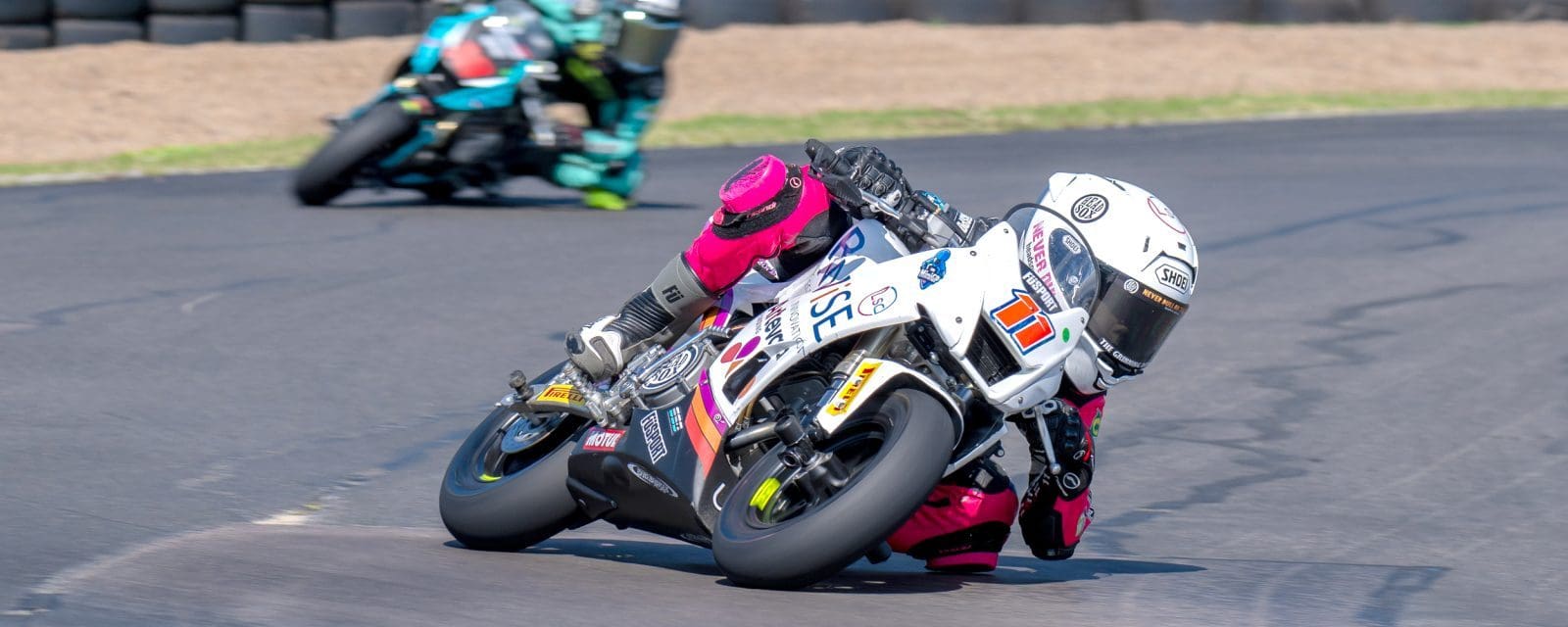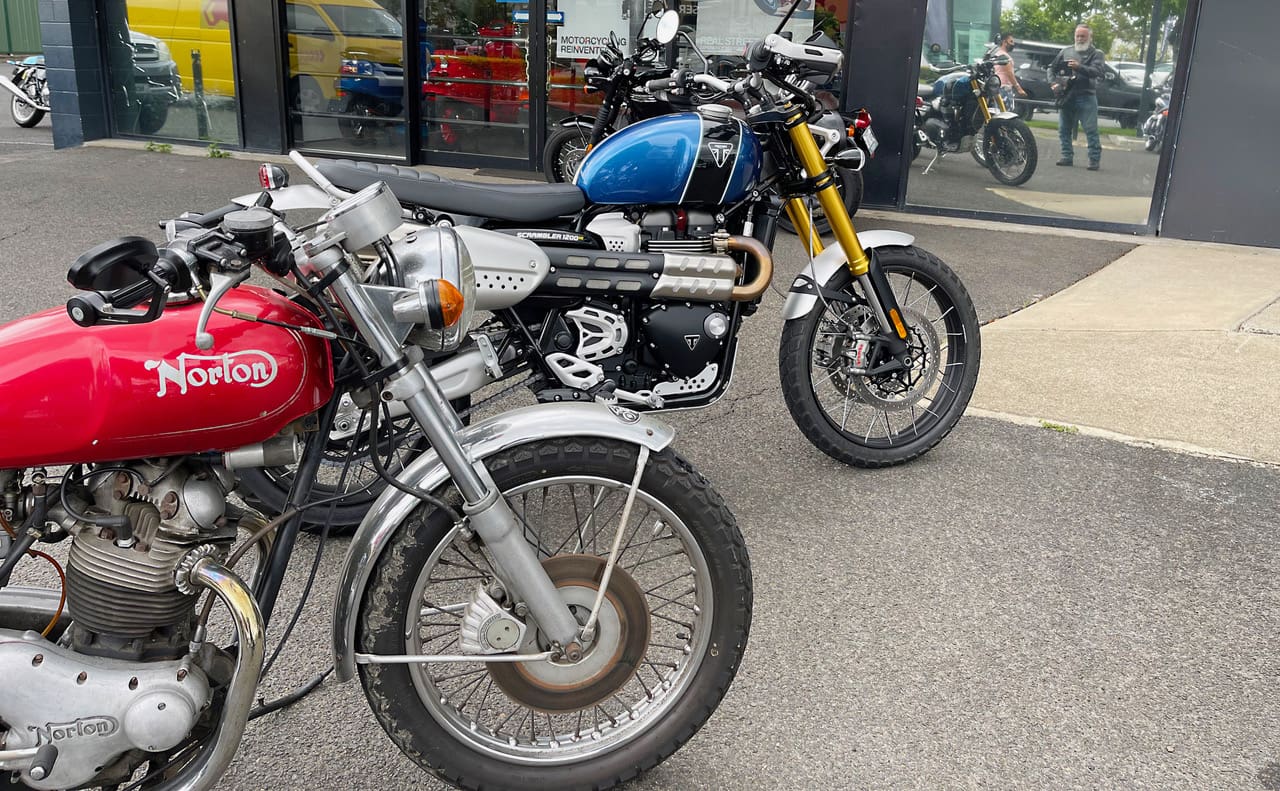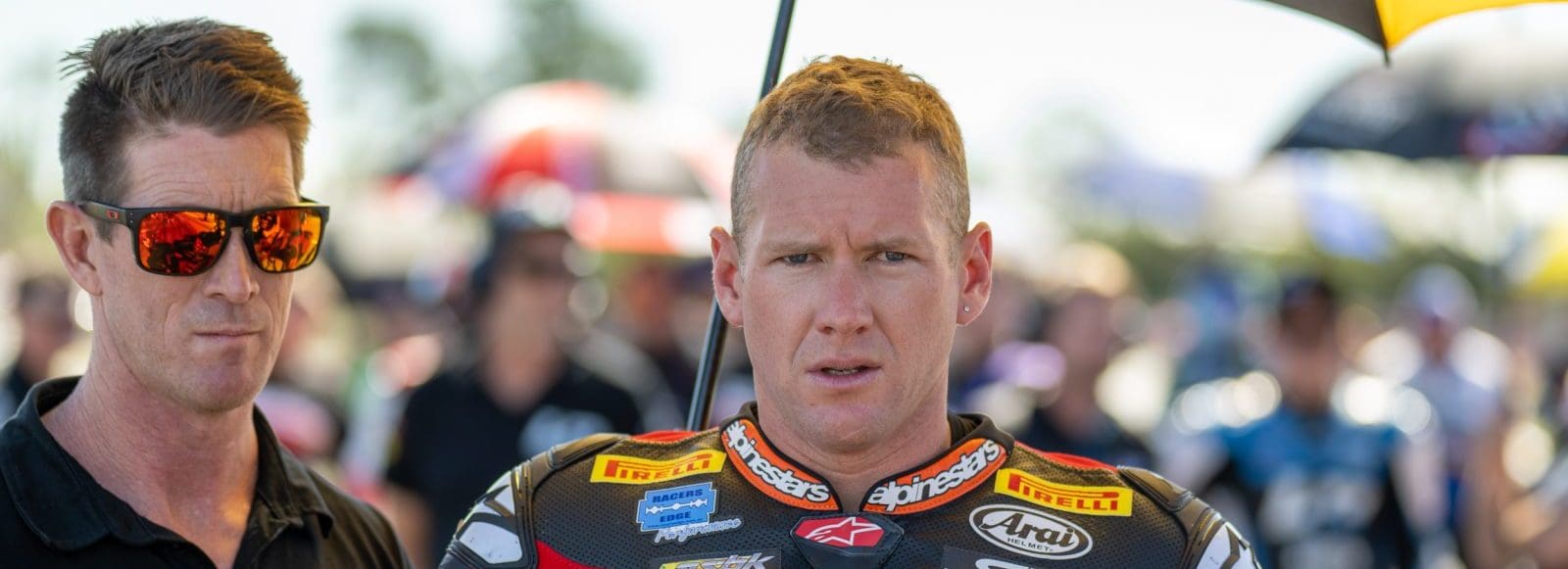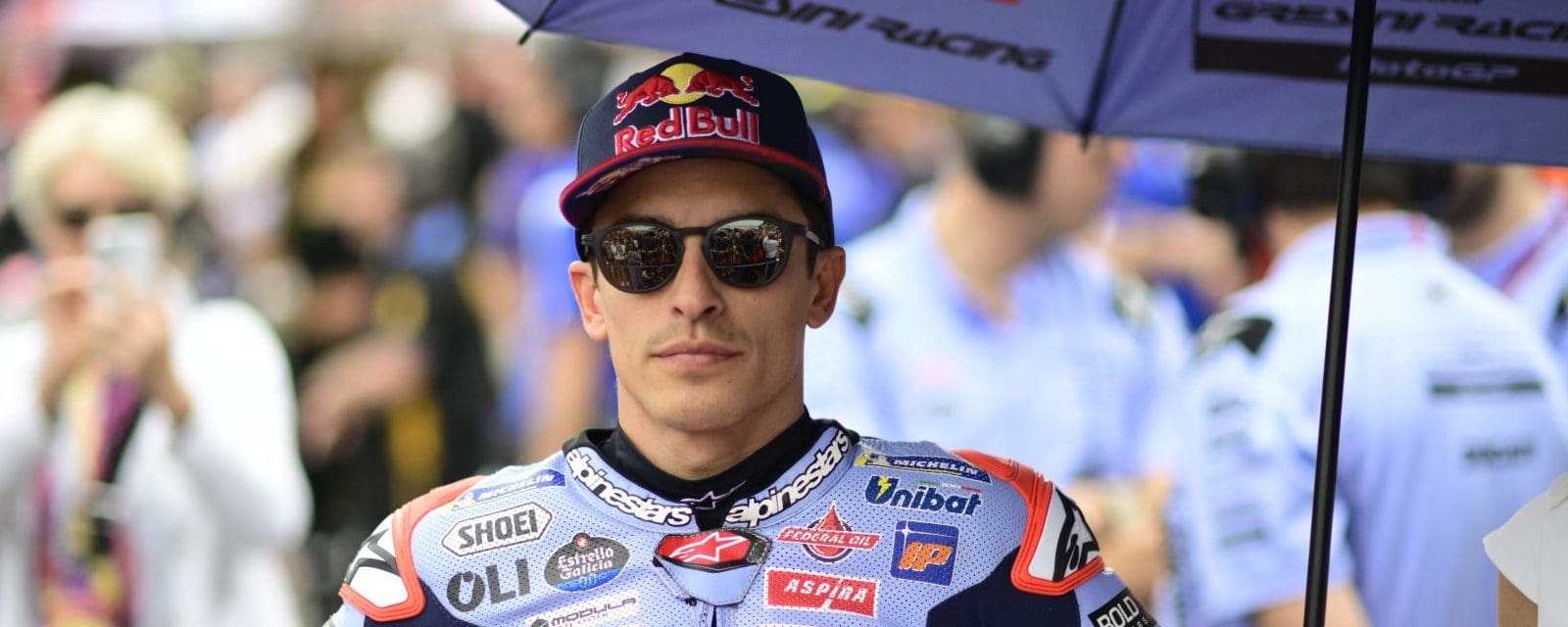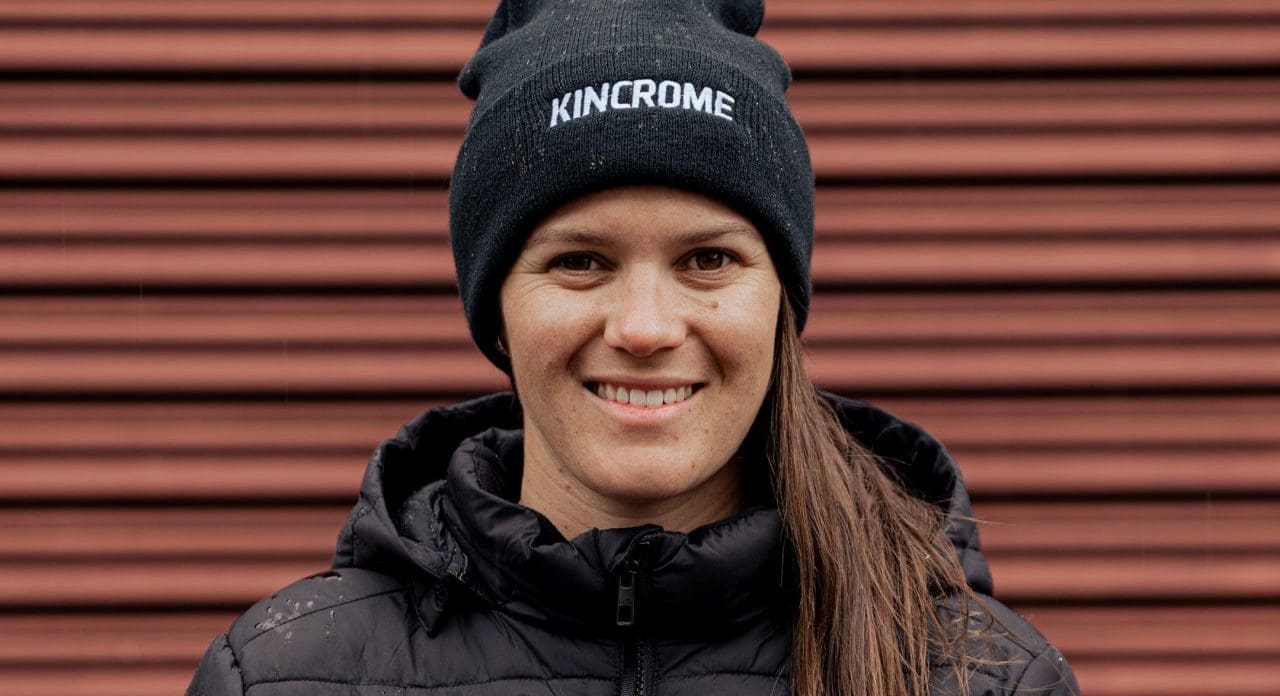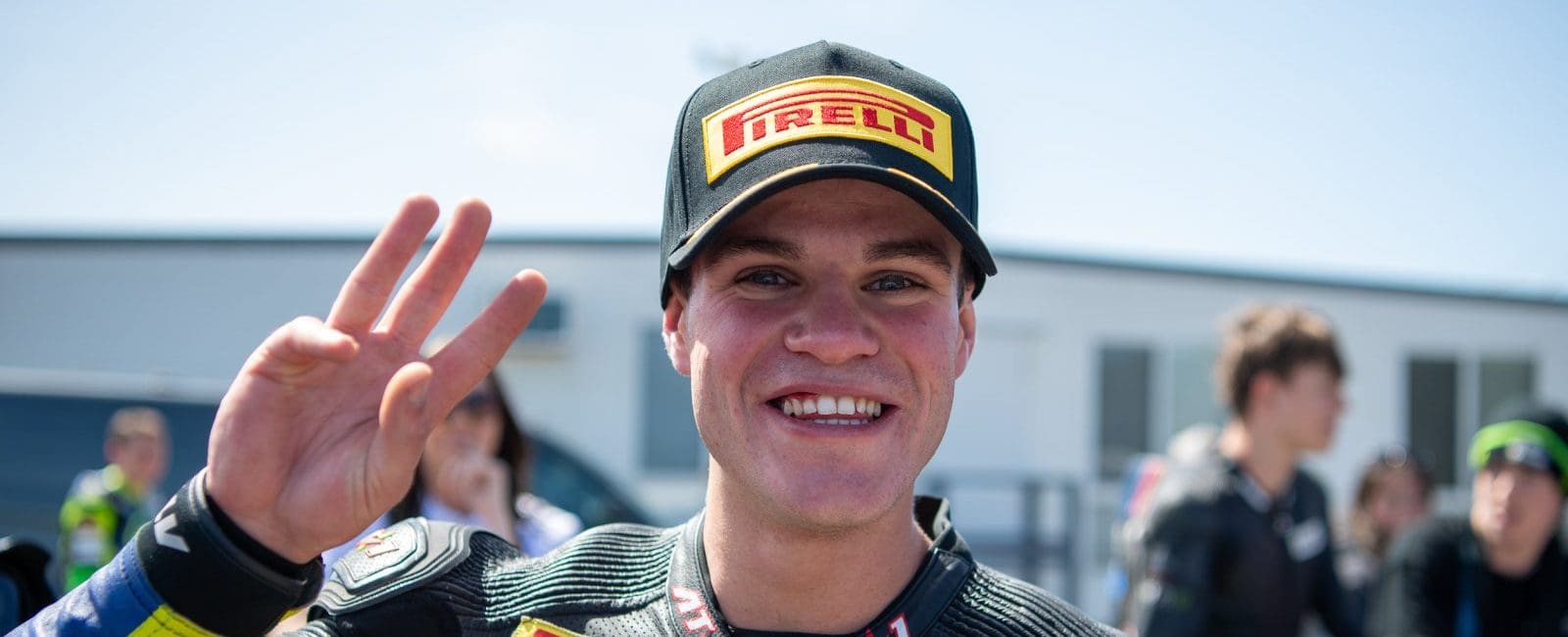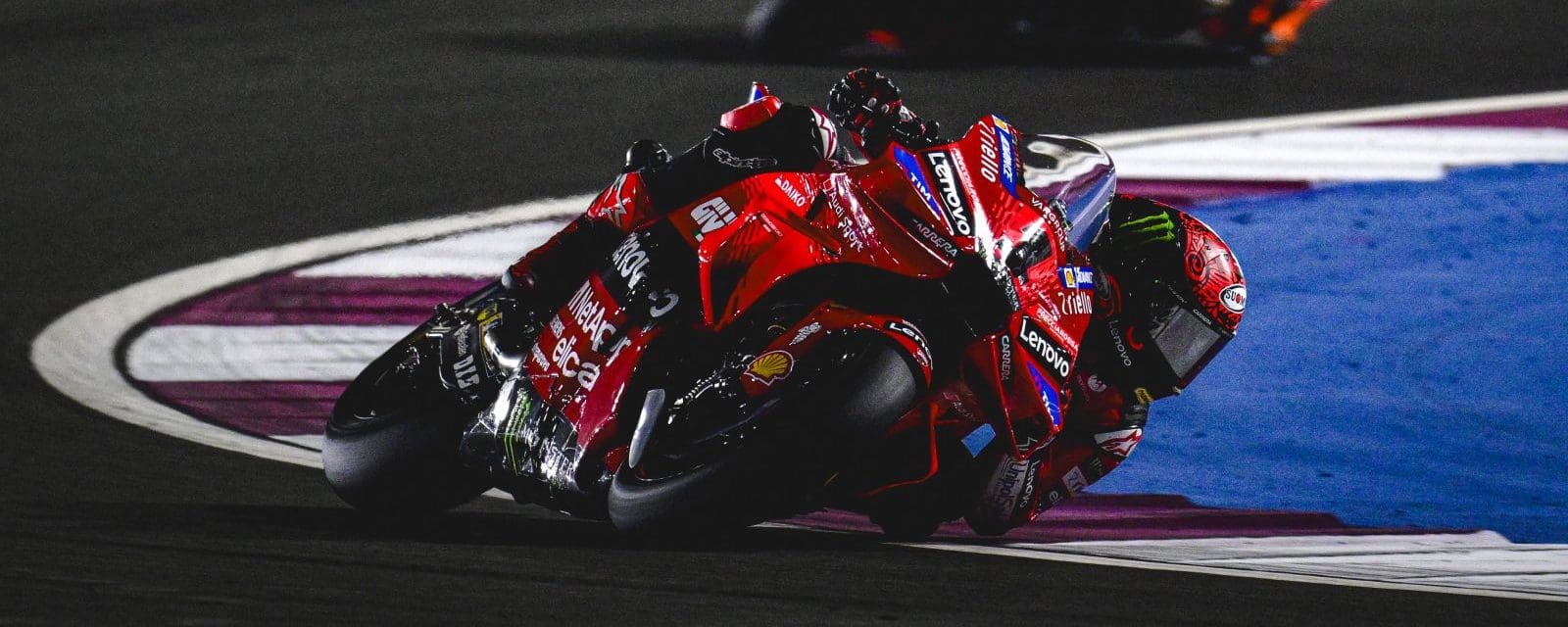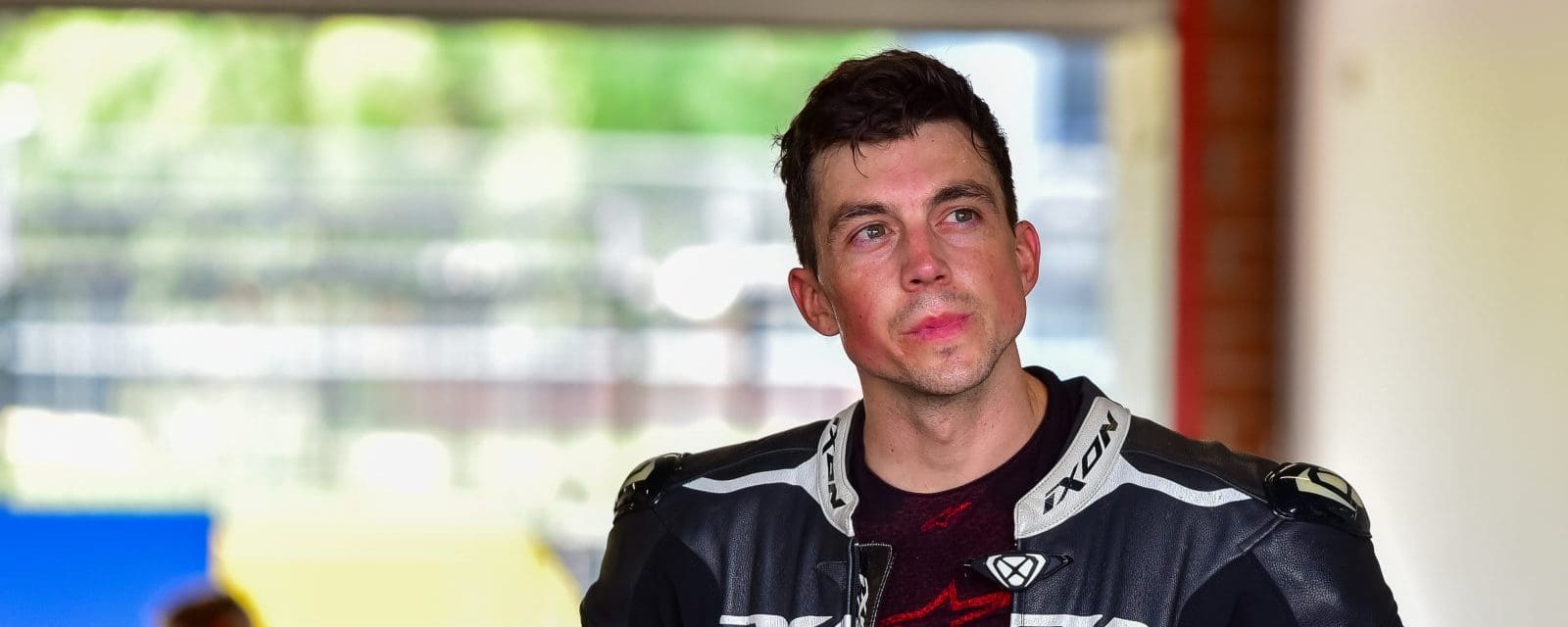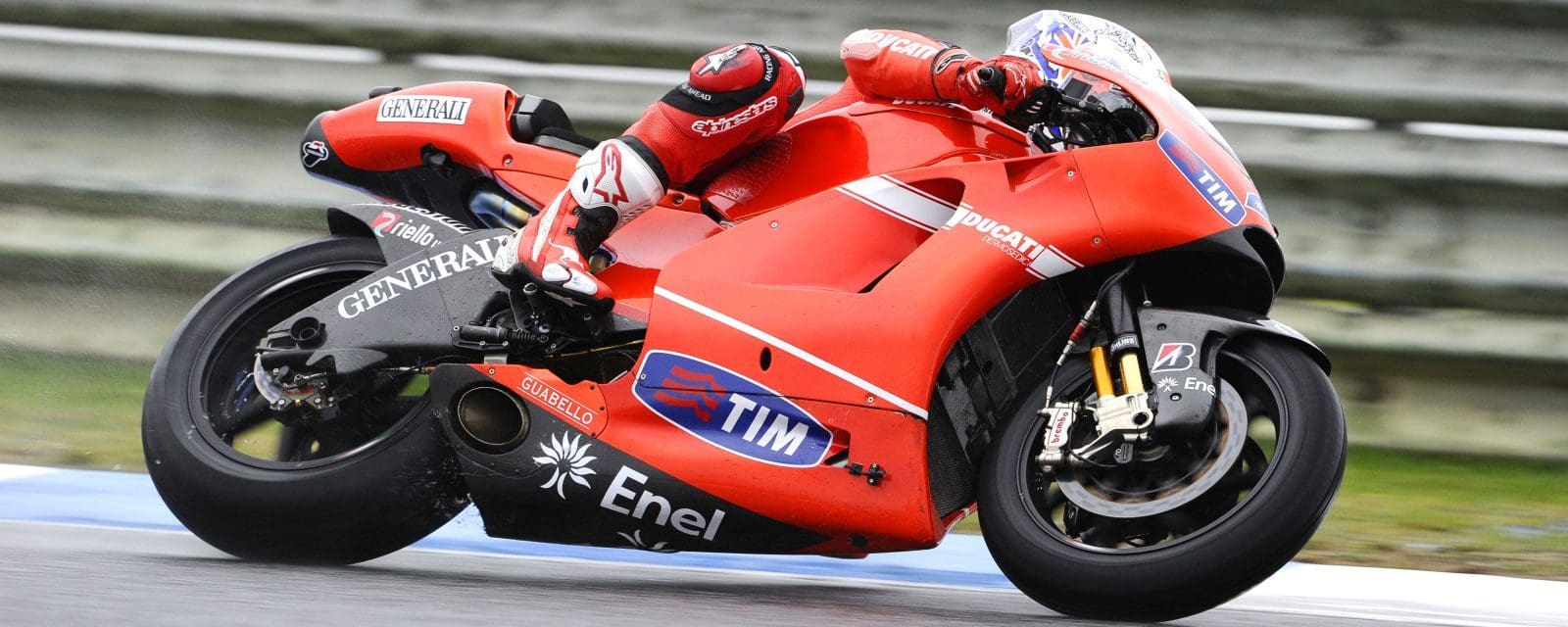Motorcyclists in general like to talk about their crashes, often with amused self-deprecation, so looking over Dorna’s annual ‘Final Falls’ compilation can be pretty funny. Not quite so much this year, however, given that one of these crashes had fatal consequences for Luis Salom. Motorcycle racing remains a dangerous passion.
Yet there is comfort in the fact that while the total number of crashes topped 1000 for the first time in history (a total of 1062 compared with just 647 in 2006), Salom’s was the only really bad one.
This is a tribute to both active safety – better protection from improved helmets and leathers with airbags (compulsory next year) and passive track safety. Salom’s death was a failure in passive safety at Montmeló; a freak trajectory exposed a lack of run-off area. That won’t happen again there.
Weather plays a part – as at Phillip Island, topping the list this year with 90 crashes during the weekend, heading Motegi (84). Sachsenring (81) and Assen (79). Maybe Motegi was the worst, because the other three all had rain.
The safest? A tie between the Red Bull Ring and Mugello, at 34 apiece.
The corner-by-corner analysis is of special relevance to up-and-coming photographers trying to shoehorn their way in. Snappers with lucrative contracts concentrate on capturing sponsors’ logos: the ker-ching moment. The rest jostle for position at the crash-heavy corners. Good crash shots sell.
Phillip Island wins again. Turn 4, to be specific, the right-hander that used to be called Honda Hairpin, where Marc Márquez had his only race-terminating crash of the year, along with no less than 31 other riders. That made it easily the most crashed-at corner of the year.
Next, tied on 20, comes Turn 1 at Argentina (where a persistent wet slick remained even after the track was elsewhere quite dry) and Motegi’s Turn 9, one before the far hairpin, which claimed Lorenzo and 19 others this year. After that, Museum at Le Mans and Sepang’s Turn 9 each accounted for 17 victims.
Unsurprisingly, the most crash-prone class was Moto3, accounting for 38.6 per cent with a grand total of 410. Moto2 is close behind on 364 (34.3 per cent); MotoGP a relatively modest 27.1 percent, with 288. Corrected for the number of entries, however – 21 for MotoGP against 32 for Moto3 – there were pretty much as many per rider in the biggest class as in the smallest.
Just as significantly, MotoGP’s crash tally this year was the highest ever recorded for the class. In Moto2 there were more crashes from 2010-2012, and in 2014; the worst year being 2011, second year of four-strokes, with 421. Likewise Moto3, back in the 125 days of 2008, logged a gravel-scattering 463.
But who were the victims?
Overall winner of this unenviable prize is the rider whose early Moto2 title challenge was completely undone by seven crashes in the last 10 races, during which he also claimed a win. Sam Lowes rode with spectacular style and determination, but sadly tasted the gravel no less than 30 times during the season.
His compatriot Cal Crutchlow was top tumbler in the premier class, with 26 (one less than Moto3 maniac Gabriel Rodrigo), but explained to me at the final race: “I know I’m a crasher, but it’s how you bounce back that matters. If you’re crashing but getting good results…”
Jack Miller crashed once less often, with 25, but then he did miss five races over the year.
Let it be noted that each of these MotoGP riders also won a race, and Crutchlow went on to win another one. And that third name on the MotoGP crash list belonged to Marc Márquez (17).
Maybe there’s something in the old adage: that a fast rider can learn how not to crash better than a slow rider can learn to be fast.
By MICHAEL SCOTT

